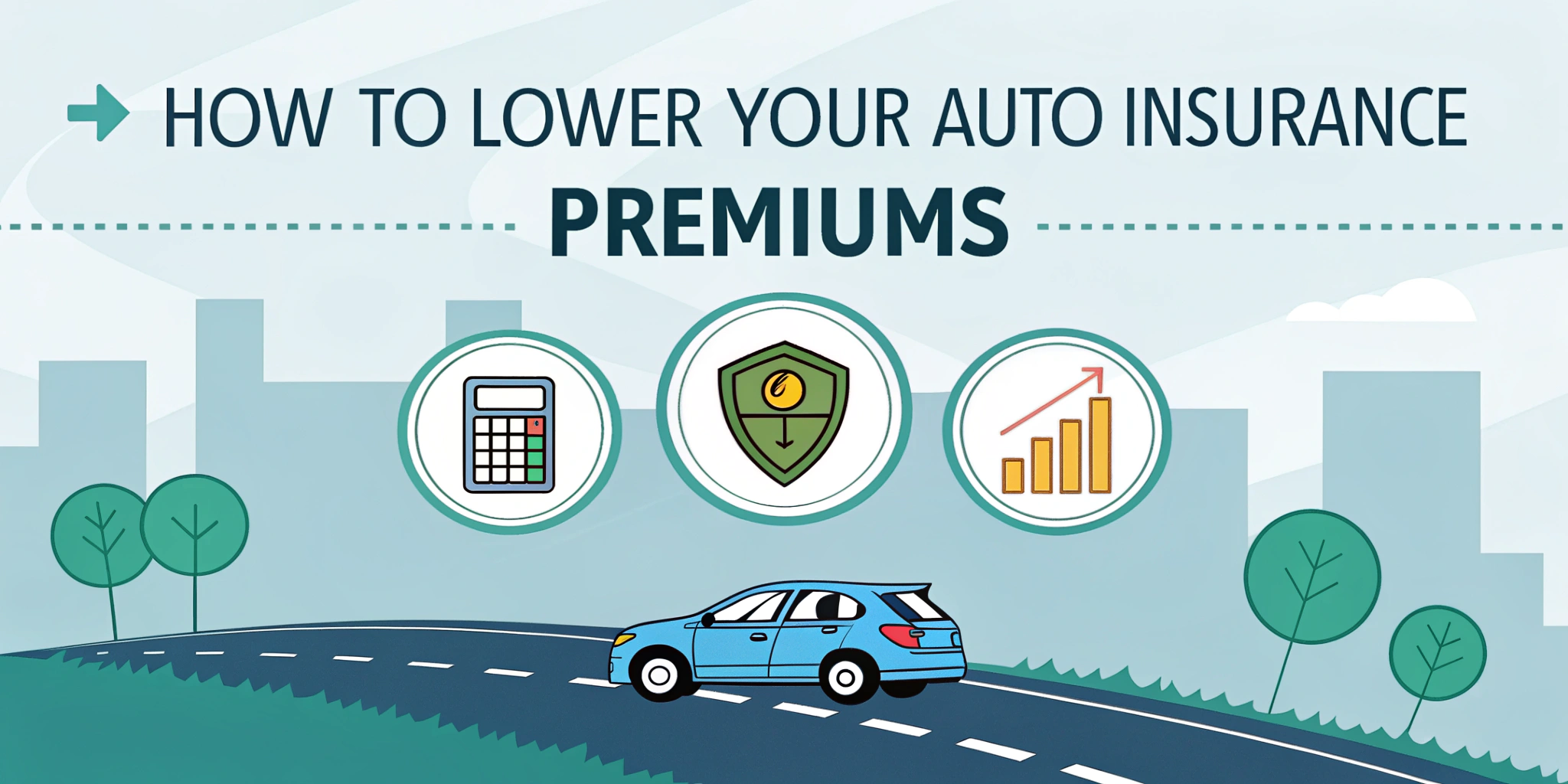How to Lower Your Auto Insurance Premiums
Auto insurance is essential for every driver—but that doesn’t mean you have to overpay for it. With the right strategies, you can reduce your premiums while still maintaining solid coverage. Whether you're a new driver or have been insured for years, here are eight practical ways to lower your auto insurance costs without compromising protection.
1. Shop Around and Compare Quotes
Insurance rates vary widely between providers. Take the time to compare quotes from at least three different companies before making a decision. Online tools and insurance brokers can help you find competitive rates tailored to your driving history and vehicle type.
2. Increase Your Deductible
Your deductible is the amount you pay out of pocket before your insurance kicks in. Raising it from, say, $500 to $1,000 can significantly lower your monthly premium. Just make sure you have enough set aside in case you need to file a claim.
3. Maintain a Clean Driving Record
Your driving history is one of the biggest factors affecting your premium. Avoiding accidents, traffic tickets, and claims can keep your rates low. Many insurers offer safe driver discounts after a few years of clean driving.
4. Bundle Your Policies
Bundling your auto insurance with other policies—such as homeowners, renters, or life insurance—can lead to significant discounts. It's not only convenient but also cost-effective.
5. Drive a Car That's Cheap to Insure
Not all vehicles cost the same to insure. Cars with high safety ratings, lower repair costs, and fewer theft claims typically come with lower premiums. Before buying a new car, check how much it will cost to insure.
6. Take Advantage of Discounts
Most insurance companies offer a variety of discounts. Ask your insurer if you qualify for:
* Good student discount
* Low-mileage discount
* Defensive driving course discount
* Military or senior citizen discounts
* Employer or professional organization memberships
7. Improve Your Credit Score
In many states, insurers use your credit score to determine premiums. A higher score can lead to lower rates. Pay bills on time, reduce credit card balances, and check your credit report for errors to improve your score over time.
8. Review Your Coverage Regularly
As your car ages, it might not make sense to carry full coverage (collision and comprehensive). Evaluate whether dropping certain coverages could save you money, especially if your vehicle’s value has depreciated significantly.
Final Thoughts
Lowering your auto insurance premium doesn’t have to be difficult. With a proactive approach—shopping smart, maintaining good driving habits, and understanding your policy—you can enjoy peace of mind on the road without breaking the bank.
